The Indian Air Force has been serving the country since its inception and has emerged out as one of the most prestigious organizations of the country. From protecting India’s air space from the enemy to providing relief to disaster prone areas, from rescue operations to transporting currency during demonetization, the Indian Air Force has always been serving the country with utmost honesty and dedication.
When it comes to defending the country and attacking those who try to invade the sovereignty and harm the territorial integrity of our nation Air Force has proved to be lethal and reckless. The recent incident which proved to be the exemplar of IAF’s professionalism and courage was the Balakot airstrike in which the air force thrashed the terrorist camp of Jaish-e-Mohammad killing around 300 terrorists as claimed by the Indian side. The fighter aircrafts that were used to carry out the airstrikes were Mirage 2000 loaded with Israeli Spice 2000 bombs which is an advance air-to-surface bomb.
In retaliation to the strike the Pakistan Air Force violated the Indian Air Space and got involved in a dogfight with another bunch of IAF heroes. In the sequence, the Indian Air Force’s Wing Commander Abhinandan Vardhaman shot down a Pakistani F-16 but unfortunately crossed the LOC and got his aircraft crashed on the other side of LOC. Wing Commander Abhinandan was operating a MiG 21 Bison aircraft which crashed behind the enemy lines. MiG 21 Bisons are more than 50 years old and have been frequently in news for the technical glitches that have led to fatal accidents during the training and combat sorties.
The question arises that why we are still using a fighter jet which is more than half a century old?
The Indian Air Force is struggling with the process of modernization from a long time. There are around 120 MiG 21 still active in the Indian Air Force, and the reasons are many.
The slow process of weapon procurement, lack of political will, the complexity of the bureaucracy and the slow process of indigenization are the reasons that have made IAF to suffer so many setbacks. The competency of the Air Force has been maintained by our men who are skilled and trained to fight any situation but best of the men need best of the equipment to use their skills on full-fledged extent.
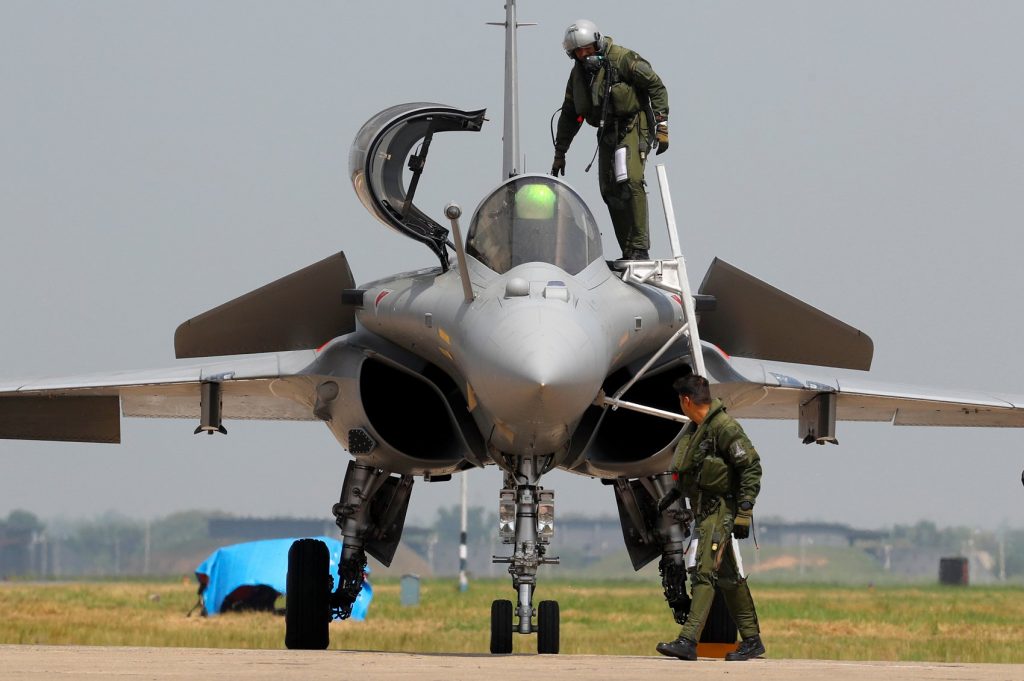
However, the recent developments have shown a ray of light for the future of IAF after the delivery of total of 14 Rafale fighter jets but still there is a long way to go.
Also read: First Major Wargame Of The Indian Air Force Involving The Rafale Fighter Codenamed SKYROS
The production of indigenously developed HAL Tejas has been moving at a very slow pace, this has led to the decline of confidence in the process of indigenization. India needs to be self-reliant in the defense sector to keep up with the changing scenario of the geopolitics around the world. India has a good claim to emerge as a regional superpower in the South-east Asia region but the challenge of two hostile nations on the North-Western and the North-Eastern front can’t be ignored.
The Indian government has been trying to modernize the Air Force both through the local front and by procuring foreign made equipment. Recently, the Indian Government approved the procurement of the most advanced version of indigenously developed aircraft Tejas MK1A fighter jets which is a good step to boost the self reliant India campaign. The INR 48000 Crores deal will lead to the addition of 83 LCA Tejas MK1A to the IAF fleet.

Also read: Indian Air Force To Get 83 LCA Tejas Mk-1A Worth ₹48,000 Crore
In the combat scenario the Indian Government has also taken the hold of deals with American aviation manufacturer Boeing. Last year Boeing delivered around 5 Apache AH-64E attack helicopters which led to the attack helicopter fleet of IAF being upgraded. India now has 22 Apache helicopters which are the most advance attack helicopters in the air combat world.
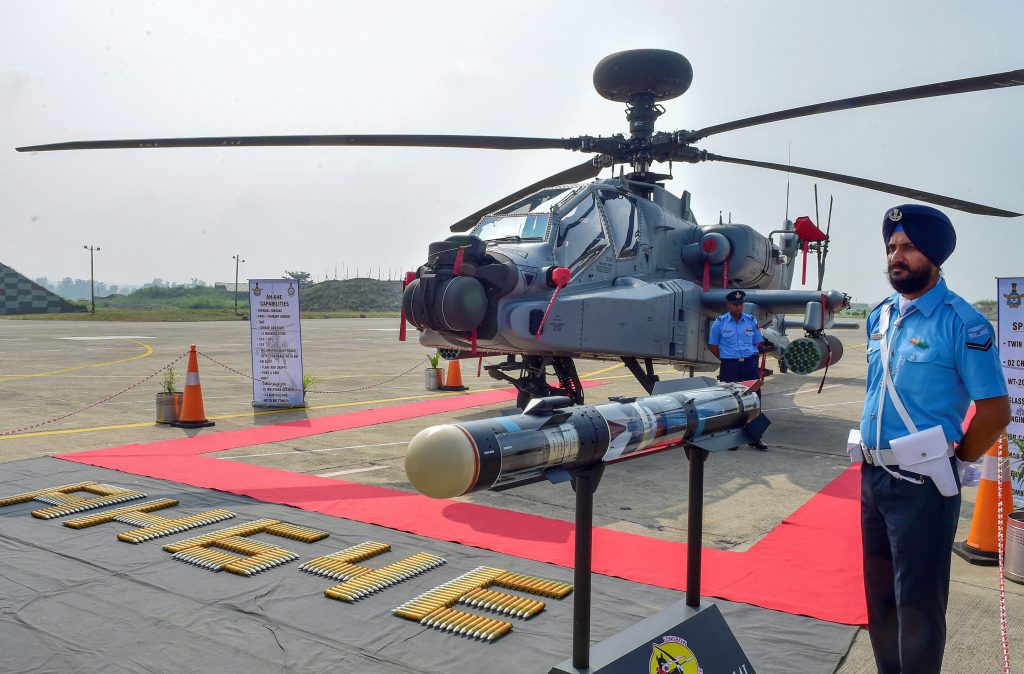
India has also procured around 15 Chinook transport helicopters to increase its transport and mobilization capability. The Chinook helicopters are able to carry heavy artillery to the strategic heights of Ladakh and Kargil.
India can face bigger challenges from its neighbours in the future for tackling such challenges the Indian Armed Forces along with the government and private partners need to invest in talent and technological research for manufacturing high-end equipment in the country.
With this, the Indian Government needs to have its eye on developing and procuring Unmanned Aerial Vehicles which can prove to be very useful strategic assets for the Air Force without sacrificing the highly skilled manpower of the force.
The modernization of the Air Force is the need of the hour. India puts around 1.5 per cent of its total budget in its defence sector while its major part goes into salaries and pensions. The investment in defence research and development needs to boost up to be a better challenge in the world on the road to becoming a superpower.


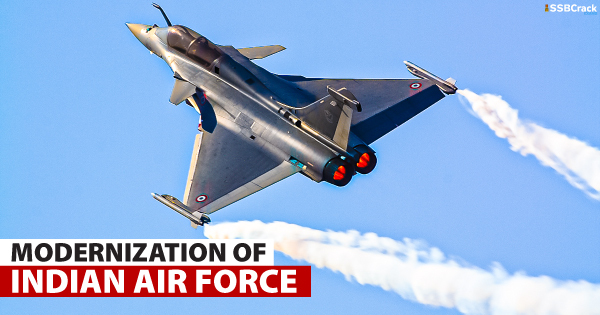
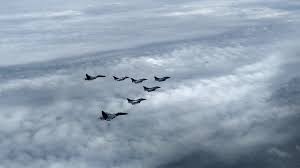
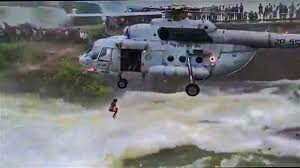
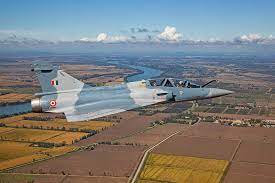
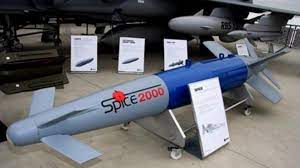

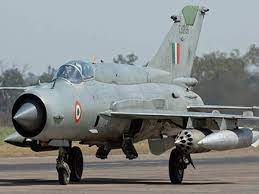
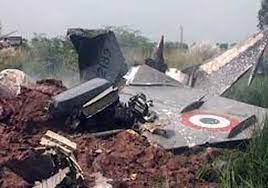

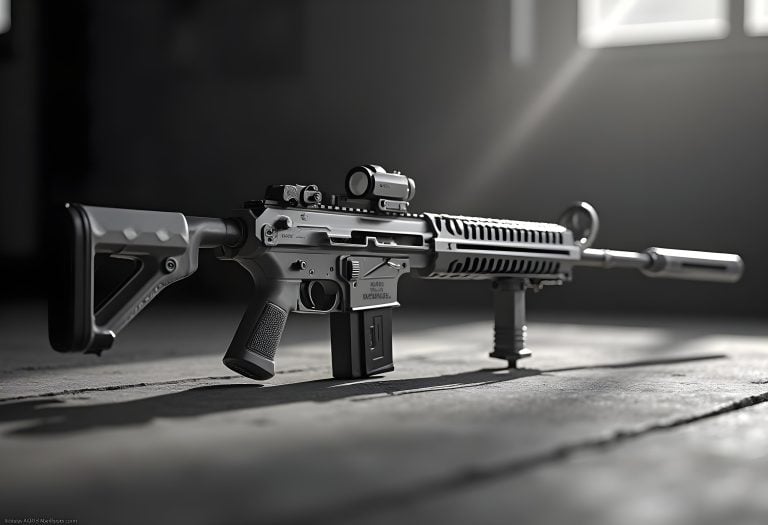
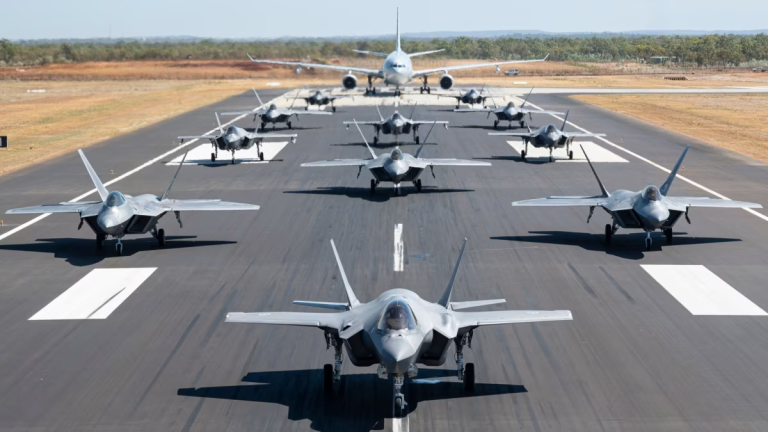
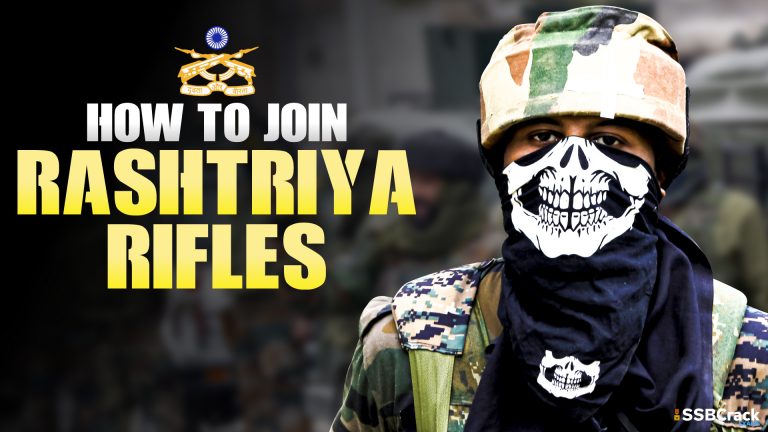
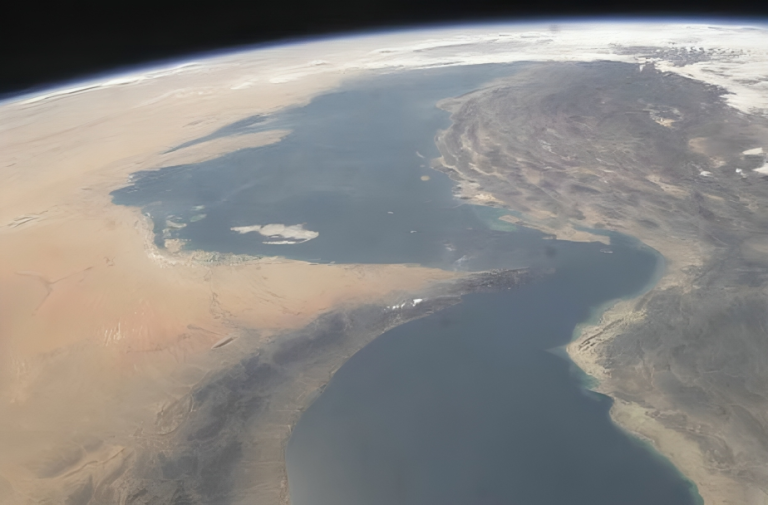



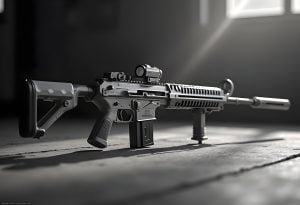
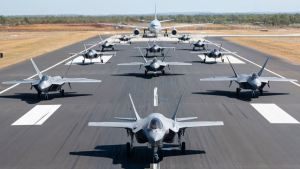

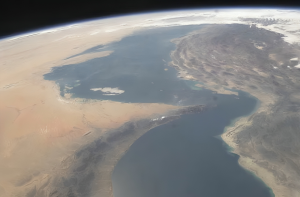


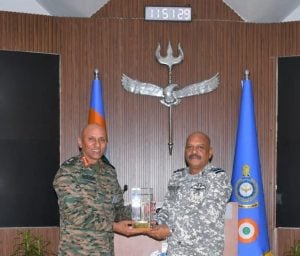
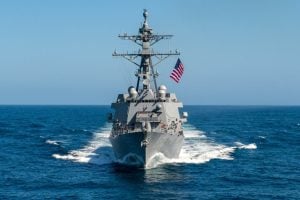
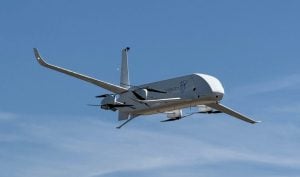

1 thought on “All About Modernization of Indian Air Force”
Indigenisation of the airforce may be unfolded easily in the nation of utmost bureaucracy & political blunders.
The forces Were doing for what they were entitled to, to replace & advance probably 120 mig-21 bison aircrafts it would’ve needed more of budget .
Recent Rafael induction into service might not have been sufficient for the arm, .
Co-axially indigenisation should be employed at better rate by possessing newer ” niche technologies ” from french, Russia, USA etc… This is what french said in the past on account of Refael manufacturing.